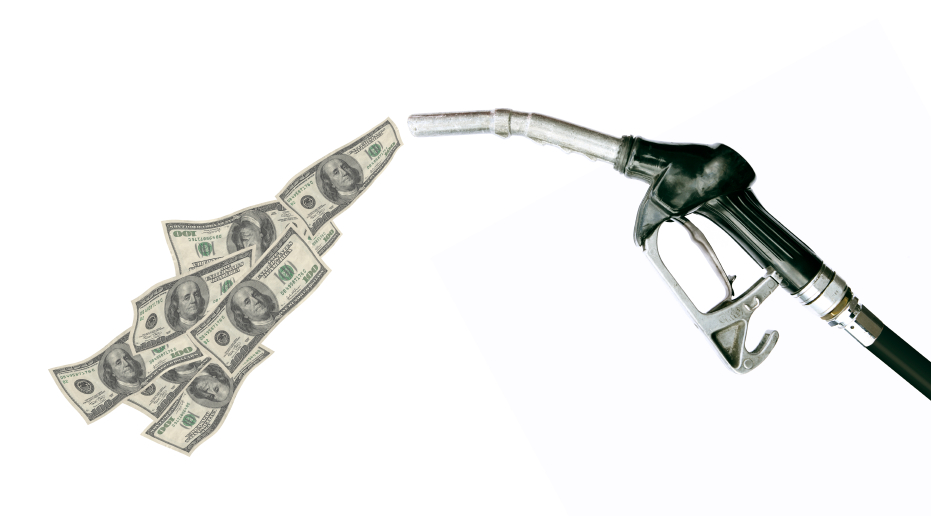The auto industry tends to oppose, viscerally and viciously, all attempts to regulate any aspect of its products or business operations for any reason.
With President Trump in the White House, the industry has succeeded in getting the comment period reopened for the EPA emission standards finalized ahead of schedule, covering vehicles in model years 2022 through 2025.
Ford CEO Mark Fields and other industry sources have cited a study that claimed those standards could cost the country "up to 1 million jobs."
CHECK OUT: Emissions rules could cost 1 million jobs, Ford CEO tells Trump: what's behind that number?
Now a new analysis has emerged that suggests it will be far less expensive than expected for the auto industry to meet NHTSA corporate average fuel economy rules for those years. Those rules are linked directly to the EPA emissions limits that will now be re-reviewed.
In fact, it could be as much as 40 percent cheaper than projected last year, when the EPA issued a Technical Assessment Report that reduced cost estimates from 2012, when the standards for 2018 through 2025 vehicles were first written.
Here's the salient sentence: "Previous estimates of the costs of compliance have been consistently overstated, and there is no evidence that that trend is about to change."

Chrome exhaust pipe
That conclusion squares with what the EPA concluded last summer in its massive, peer-reviewed Technical Assessment Report on the 2022-2025 standards.
With hundreds of pages of testimony, analysis, and modeling, that report said automakers had been able to meet 2012-2017 standards at lower cost than projected.
They did so using more conventional technologies—smaller engines, multi-gear transmissions, higher-strength steel to cut weight, reductions in aerodynamic drag—and much less costly electification than assumed in 2012.
DON'T MISS: EPA to reopen emission-rule review; how important is this step?
After hearing testimony and investigating future technologies and model plans, the EPA said it found no reason the trend wouldn't continue for the last four years of the emission limits.
That led it to finalize the regulations for that period in January, 15 months before the scheduled end of the comment period in April 2018. That was when automakers cried foul.
The new analysis, by the International Council on Clean Transportation, now expands on the EPA's conclusions and projects them beyond 2025.

Gas pump
As our colleague Richard Read has noted, the ICCT is "an independent nonprofit organization founded to provide first-rate, unbiased research and technical and scientific analysis to environmental regulators."
It differs from more partisan groups by working hard to stick to verifiable facts and reasonable projections. It also accepts the scientific consensus on climate change, as do the vast majority of scientists and engineers, and that human activity is fueling it.
But the council's approach to analyzing legislation and proposed solutions like carbon-dioxide emission limits seems "refreshingly cautious and non-partisan," Read writes.
READ THIS: What White House faces if it tries to roll back fuel-economy standards
The new ICCT report says that creating and implementing clean-vehicle technologies to meet the EPA's emissions targets will cost 34 percent to 40 percent less than even the EPA's own figures last summer.
That estimate suggested that 2022 through 2025 vehicle would cost consumers roughly $875 more than the 2021 standards.
But the ICCT estimates that cost to be considerably lower, at $525 to $576.

2018 Ford F-150
With the average U.S. new-vehicle transaction price now having crossed $35,000, that's less than 1.5 percent more—or roughly equivalent to that optional power moonroof that one of you wants and the other doesn't.
The report also says that these relatively modest costs can continue past 2025, at least through 2030, to reduce vehicular carbon-dioxide emissions by 4 to 6 percent a year.
It's widely expected that by 2030, electric cars with ranges of 200 miles or more will be cost-competitive with cars using combustion engines, which permanently changes the landscape.
Meanwhile, next time you hear politicians or car companies crying wolf, remember the ICCT's study.
_______________________________________













